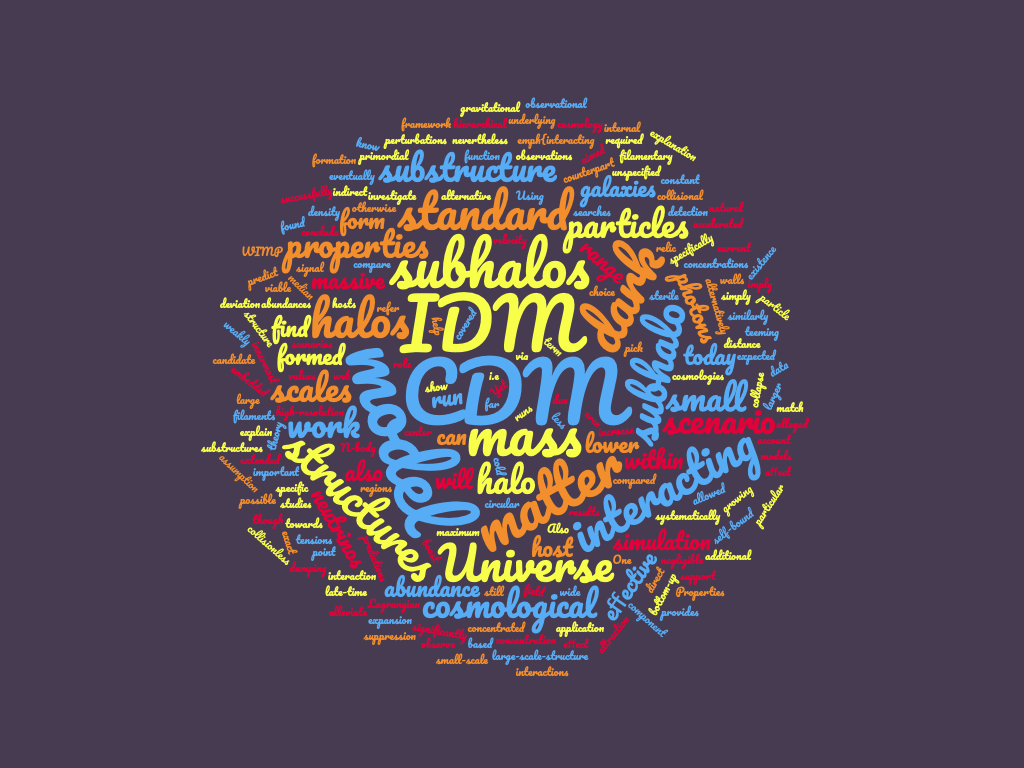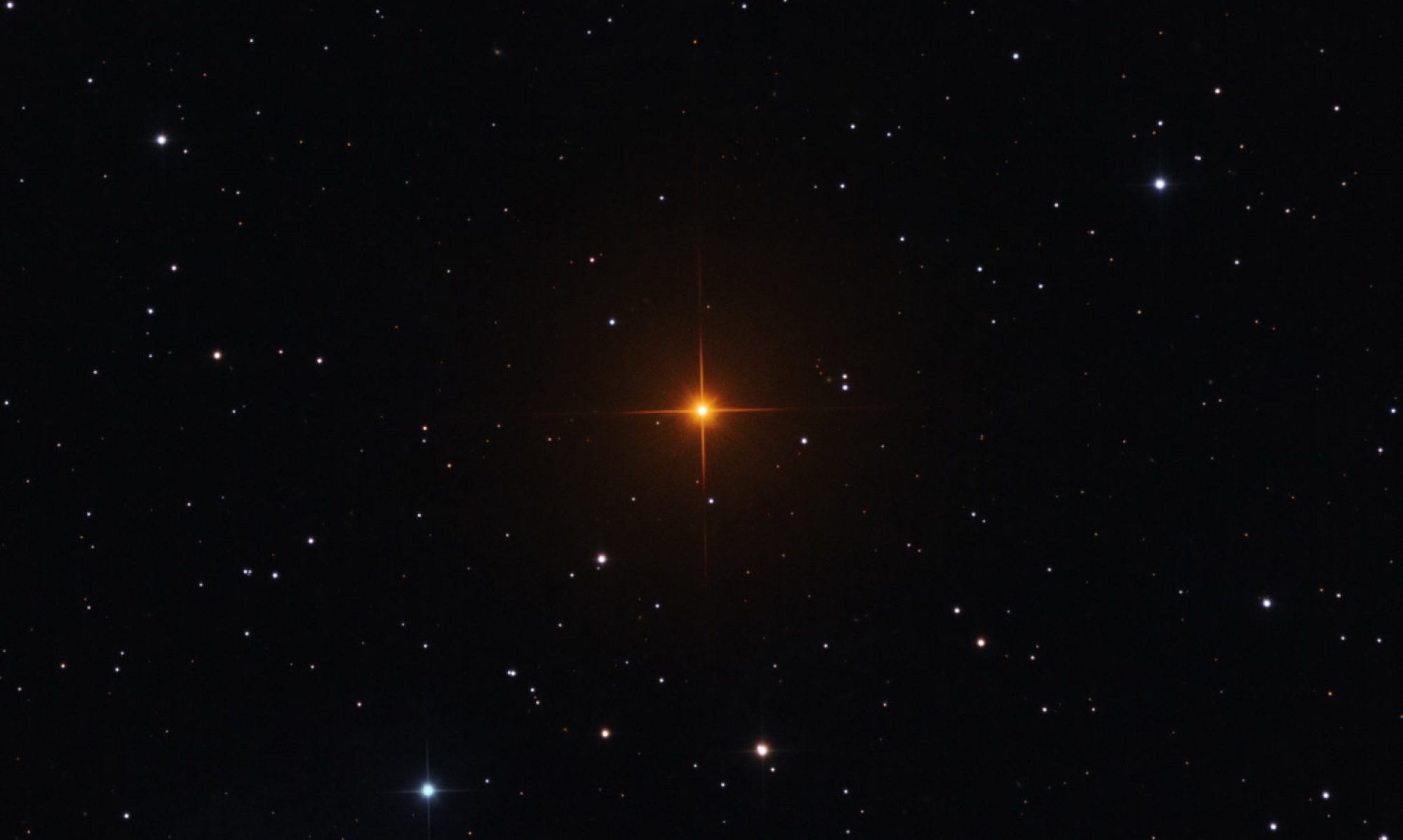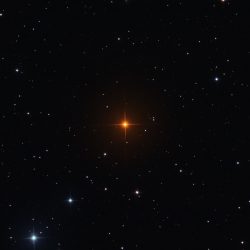[Moliné, Ángeles; Schewtschenko, Jascha A.; Sánchez-Conde, Miguel A.; Aguirre-Santaella, Alejandra; Cora, Sofía A.; Abadi, Mario]

Written by A. Moliné
Summary of the paper with the same title published in Galaxies.
arXiv: 1907.12531
The current standard model of cosmology is based on a cosmological constant to explain the late-time accelerated expansion of the Universe and a cold dark matter (CDM) component to account for the required additional gravitational attraction to form and support the galaxies and larger structures we observe today. In this framework, the structure of the Universe is formed via a hierarchical, bottom-up scenario with small primordial density perturbations growing to the point where they collapse into the filaments, walls and eventually dark matter (DM) halos that form the underlying large-scale-structure filamentary web of the Universe. The galaxies are embedded in these massive, extended DM halos teeming with self-bound substructure. Any viable cosmological model has to successfully predict both the abundance and internal properties of these structures and their substructures, and match the observational data on a wide range of scales.
One natural deviation from the collisionless CDM in the standard model is the assumption of the existence of interactions between DM and the standard model (SM) particles we know about, in particular, photons or neutrinos. This does not only affect the formation of DM structures on small scales, but also provides an explanation for the exact relic abundance of DM found in the Universe today. Such possible interacting dark matter (IDM) model would imply a suppression of small-scale structures due to a large collisional damping effect, even though the weakly interacting massive particle (WIMP) can still be the DM candidate. Because of this, IDM models can help alleviate alleged tensions between standard CDM predictions and observations at small mass scales.
Using a high-resolution cosmological N-body simulation specifically run within this alternative model, we investigate the properties of DM halo substructure or subhalos formed in. We also run its CDM counterpart, which allowed us to compare subhalo properties in both cosmologies. We show that, in the lower mass range covered by our simulation runs, both subhalo concentrations and abundances as a function of the distance to the host halo center and subhalo mass (or, alternatively maximum circular velocity) are systematically lower in IDM compared to the CDM scenario. Yet, as in CDM, we find that median IDM subhalo concentration values increase towards the innermost regions of their hosts for same mass subhalos. Also similarly to CDM, we find IDM subhalos to be more concentrated than field halos of the same mass.
Our work has a direct application on studies aimed at the indirect detection of DM where subhalos are expected to boost the DM signal of their host halos significantly. From our results, we conclude that the role of halo substructure in DM searches will be less important in interacting scenarios than in CDM, but is nevertheless far from being negligible.

